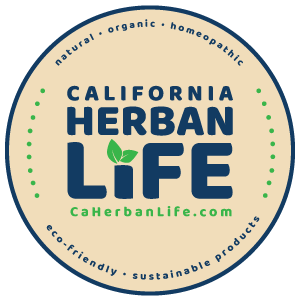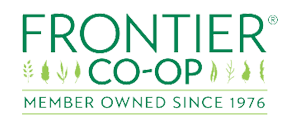photo by pexels-photomix company
Easter is a time for celebration, and what better way to celebrate than with the natural colors of spring? From the bright green of new leaves to the soft pink of cherry blossoms, there are endless possibilities when it comes to incorporating natural colors into your Easter décor.
If you’re looking for a way to add a pop of color to your Easter table, try using fresh flowers or greenery. You can arrange them in a vase or garland, or even use them to create a centerpiece. For a more subtle look, try adding a few sprigs of greenery to your napkins or place settings.
If you’re looking for a way to add some color to your Easter outfit, try choosing an outfit that incorporates some of the natural colors of spring. For example, you could wear a green dress with a pink cardigan or a white shirt with a blue tie. You could also add a pop of color with a scarf or a pair of shoes.
No matter how you choose to incorporate the natural colors of spring into your Easter celebration, you’re sure to create a festive and cheerful atmosphere for your family and friends.
Here are some additional ideas for incorporating natural colors into your Easter décor:
- Use Easter eggs to create a colorful display. You can dye them yourself or buy them already dyed. You can then arrange them in a basket, on a table, or even hang them from the ceiling.
- Create a “bunny trail” leading to your Easter basket. Use white or brown paper to make footprints, and then sprinkle them with cotton balls or grass.
- Hang a wreath on your door made from fresh flowers or greenery.
- Fill a vase with colorful spring flowers.
- Bake Easter cookies in the shape of bunnies, eggs, or chicks.
- Serve Easter dinner on a tablecloth with a natural color scheme.
- Give Easter eggs as gifts to your friends and family.
No matter how you choose to celebrate Easter, the natural colors of Spring will add a touch of beauty and joy to your holiday.
Why are Easter colors pastel?
Light colors are associated with Easter for several reasons. Pastel colors are found in the flowers that bloom each spring and the celebration of their new life. Additionally, pastels are created by combining white with other colors—and in Christianity, white is associated with purity and holiness, giving an extra feeling of light and lightness to the Easter season.
What color cloth goes on the cross at Easter?
On Easter Sunday, white or gold cloths drape most crosses at church. Certain cultures, religions and churches may vary in their specific uses and adornments of each color.
Why is Easter purple?
Purple is associated with Lent, the 40 days leading up to Easter Sunday. This is for a number of reasons, including Biblical references to Jesus wearing purple robes ahead of his crucifixion, as well as to the color’s associations with everything from royalty and passion to mourning, reflection and introspection. In some cultures, violet is actually associated with the absence of mourning, indicating the joy resurrection brings following the tragedy of Jesus’ death.




